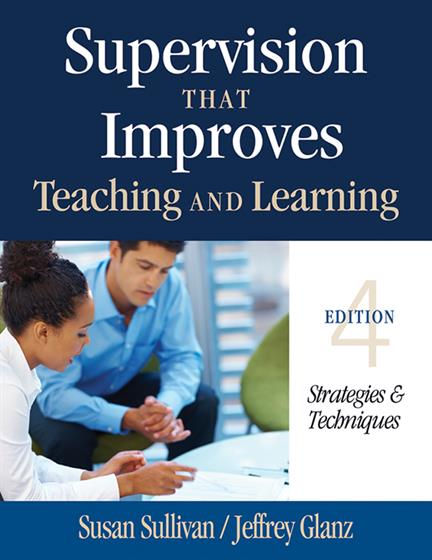
Hands-on, Practical Guidance for Educators
From math,
literacy, equity, multilingual learners, and SEL, to assessment, school counseling,
and education leadership, our books are research-based and authored by experts
on topics most relevant to what educators are facing today.
Bestseller!
Supervision That Improves Teaching and Learning
Strategies and Techniques
Fourth Edition
Foreword by Karen Osterman
Effective supervision is vital to instructional improvement, and this new edition of a bestseller pinpoints the techniques that matter most. Features 42 qualitative and quantitative observation tools.
Product Details
- Grade Level: PreK-12
- ISBN: 9781452255460
- Published By: Corwin
- Year: 2013
- Page Count: 256
- Publication date: February 08, 2013
Review Copies
This book is not available as a review copy.



